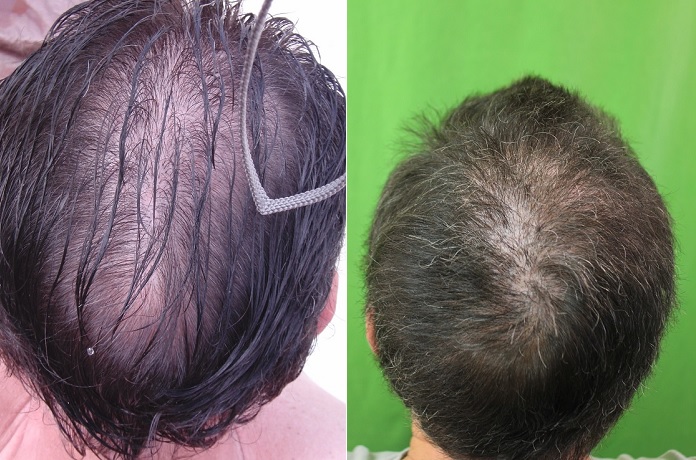It only takes a couple of reasons to make restoration of crown hair a priority. First, since the crown is the highest rear point of the head, it easily draws attention when there is a cosmetic inconsistency, such as baldness. This very exposed area demands notice for even the slightest hair loss.
Second, because of this exposure, having a bald spot in the area can be as demoralizing as hairline recession. A person may not see it in the mirror every day, but knowing it’s there can cause social anxiety, deflation of confidence, and even depression. Often, the fear of facing away from other people becomes consuming.
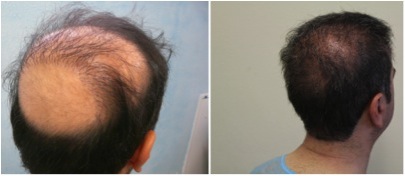
HOW CROWN HAIR LOSS CAN BE REVERSED
The crown, or vertex, is the area just behind the summit of the skull, where it begins to slope downward from a horizontal plane. (Although some do consider it the apex itself, rather than the area behind.) For a surgeon performing hair transplant on the crown, there are two main technical factors to consider:
- The whorl
- Size
These two considerations alone create a skill-intensive, highly detailed surgery, making crown hair restoration a difficult procedure to execute.
THE WHORL
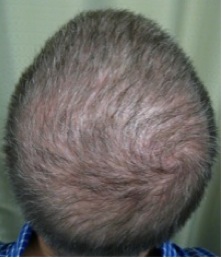
Hair at the crown grows in a flat, centrifugal pattern, spiraling out from a central point which signals a change in the direction of hair growth. This is called the crown whorl, and is nearly as unique as a fingerprint, with everyone’s whorl being slightly different. The axis around which these hairs revolve is not always in the direct center of the crown, and sometimes there is more than one, which would thus create two whorls.
This intricate nature is part of what makes this type of procedure so complex and so important. The crown requires a whorl as the scalp’s merging place, to smoothly rotate all hair in its appropriate direction; hair on the top of the head grows toward the front, while hair on the back of the head grows toward the nape. And hair on the sides of the head grows in yet another direction.
Thus, successfully rebuilding the crown area requires an immense level of artistry, vision, aptitude, and exhaustive care. Many clinics avoid crown hair restoration altogether due to the complications of creating a natural-looking whorl, while evasively emphasizing the importance of the hairline only.
SIZE OF THE CROWN
This takes into account the size of the area that has gone bald. Due to the spherical shape of this area of the head, it is deceitfully large and can require a much greater number of grafts than the mid-top or hairline. In the case of extreme baldness, the crown may become the largest bald area on the head. For these patients, satisfactory crown hair restoration is an insurmountable feat due to unequal donor supply and demand. Faced with the sheer number of donor grafts needed to fill the crown, nothing can be done unless non-head donor hair is used.
Dr. Umar’s ability to expand the donor source by incorporating body hair allows for the ability to give the crown the importance it deserves. In select patients, an expanded donor source means enough hair to address the crown as well as the frontal areas, even in the face of progressive baldness.
The following are two examples of severe crown hair loss successfully restored at DermHair Clinic, with enough grafts to also treat the hairline:
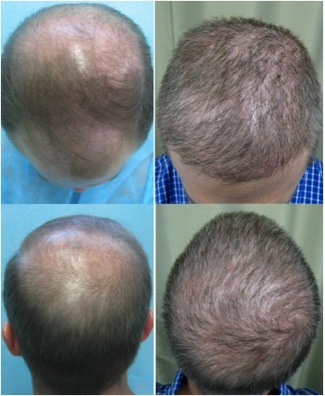
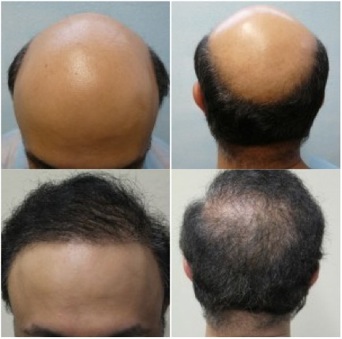
For a patient with moderate baldness, the crown is not impossible to fill using traditional donor hair; however future progressions must be considered. If a recipient of crown hair restoration continues losing hair for years post-surgery, then the surgeon is perpetually “chasing” the balding area with wider and wider centrifugal spirals. Eventually, head donor hair will run out, leaving none for the crown or other progressively thinning areas.
It is also for this reason that many clinics prefer not to address the potentially problematic crown area and deal only with diffuse density and hairline transplant. However, Dr. Umar’s use of body hair by UGraft defies this general restriction for future restoration of progressive balding by expanding the donor pool and cancelling the limitations other clinic have for restoring the crown as a priority.
The following are two examples of moderate crown hair loss successfully restored at DermHair Clinic:
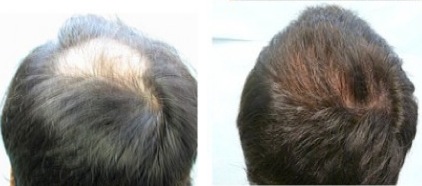
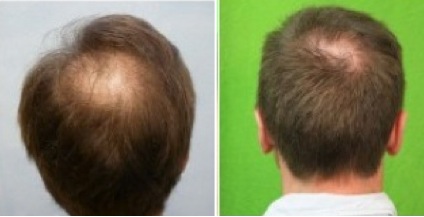
The following are a few video results of crown hair restoration at DermHair Clinic:
For another patient example where crown hair was restored using FUE, click here.

